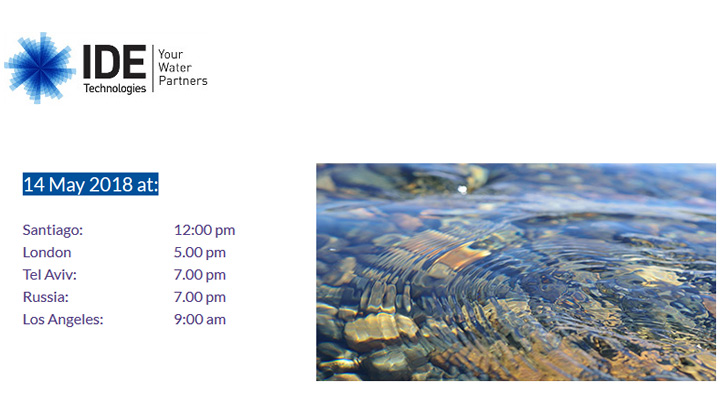Water scarcity around the globe increases the need to make better use of the available water sources. Wastewater Treatment Plant (WWTP) effluent is a readily available source, with numerous environmental benefits and long track record of successful installations.
Conventional water reuse typically includes UF, RO and UV/AOP process units, with the dosage of Chloramine to control biofouling of the membranes. However, Chloramine is a precursor to the formation of NDMA – a dangerous organic contaminant and a suspected carcinogen. Its concentration is currently limited to 10 ng/l in California and other places. In addition, the presence of Chloramine increases the risk of membrane oxidation and lowers the UVT value of the permeate, thereby increasing the CAPEX and OPEX of the UV/AOP treatment unit.
IDE has developed a Chloramine-free water reuse process. Instead of Chloramine dosage to control biofouling, periodic cleaning of the RO membrane is done by injection of a short, highly concentrated saline solution that causes forward osmosis and bacteria dehydration. In addition, periodic flushing of the membranes with permeate water reduces the risk of scaling formation, thereby keeping the membranes constantly clean. This also lowers the chemical consumption, offering a more environment-friendly water reuse
The results from a demonstration facility in Pismo Beach (California) will be presented.
Presenter

